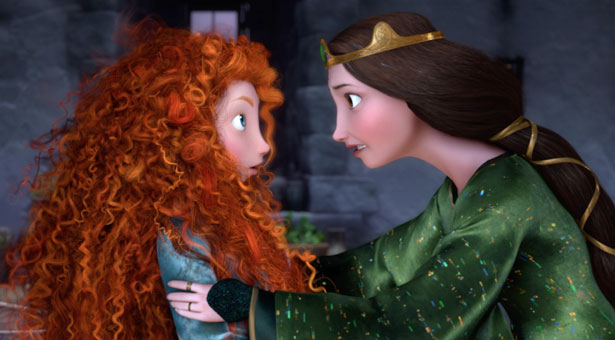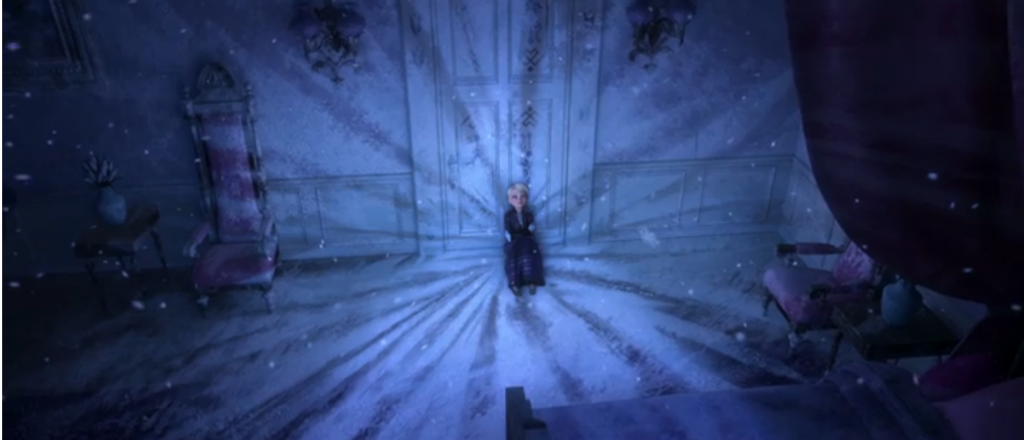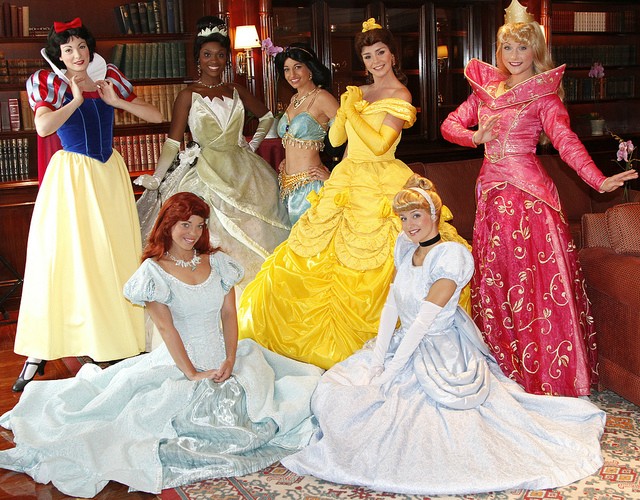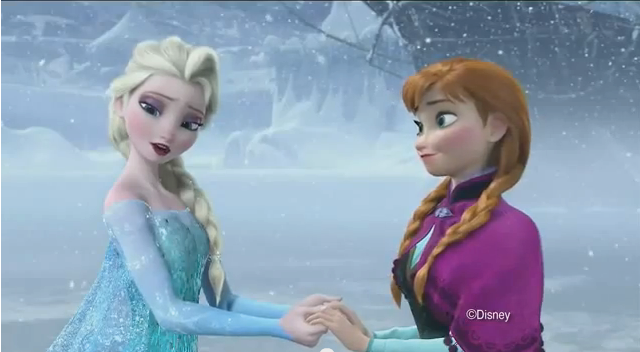Disney’s Princesses are Coming of Age: Will Theme Parks Evolve with Them?
Posted by Sasha Bailyn on Monday, March 3rd, 2014

When the very first Disney princess graced the screen in 1937, she broke barriers: Snow White elevated animation from the stigma of silly cartoon to the realm of respectable art form. Disney’s princesses have come a long way from housecleaning and finding Prince Charming and today, they’re breaking new barriers in animation storytelling. The royal heroines of the last five years – Rapunzel fromTangled, Merida from Pixar’s Brave, and Anna and Elsa from Frozen – take us on journeys with much more emotional complexity than their princess predecessors. These heroines aren’t just pretty faces; they are role models for a type of emotional bravery and growth that could only become mainstream in this day and age, where seeking mindfulness and connection with others is popular and encouraged.
The Princesses as Role Models
In both Rapunzel and Merida’s stories, we see the tension and need for separation that inevitably occurs between a teenager and a parent. While the princesses have different relationships with their mother figures, both fight for their independence and learn a valuable lesson in separating from their mothers: Rapunzel learns that she has been manipulated and controlled by her mother figure to serve her own needs, and Merida learns to communicate with her mother more effectively, reconciling their differences and reconnecting with the love that they share.


In Frozen, Anna and Elsa model a different set of emotional themes. Elsa shows us the struggle and metaphoric consequences of repressing one’s true self, which results in an unstable inner climate and a lack of warmth and connection with others. As the main antagonist in the plot, Elsa is a not a typical villain: she is a well-meaning young woman who never got the support she needed to comfortably adjust to the adult world. Another first for Disney is the plot’s central relationship, which is expected to be the romance between Anna and her love interest, but actually ends up being about the sisters’ love for each other. In the end, it’s Anna’s unfailing loyalty and love for Elsa that saves the day, not a handsome man.

Storytelling Evolution
All three storylines have plenty of the signature Disney bells and whistles – pretty princesses, fairytale-like whimsy, humorous characters, magic, adventure and happily ever after endings – but the interpersonal dynamics modeled in each story demonstrate a psychological depth that breaks the mold of classic Disney princess animations. While the classics hinted at mature struggles, such as Cinderella’s need for freedom from her abuse, or the many instances when a princess defied her father to follow her heart (Ariel, Jasmine, Mulan, and Pocahontas), these experiences were reduced to the same formula of conflict, adventure, romance, courageous acts and a happy ending. Emotional struggles seemed to magically resolve themselves when the princesses changed their situation or achieved acts of valor.
Tangled, Brave and Frozen don’t skim over the complexity of their princesses’ emotional struggles; entire songs are dedicated to how they’re feeling, allowing emotional tension to fully play out on the big screen. In the end, we are left with much more than courage + romance = happiness. We see that breaking from an abusive, manipulative relationship takes immense courage and self-trust; that successful parenting means allowing children to have their own minds and love them anyway; that children must embrace their independence but learn to express their differences in a non-hurtful way; that having an open heart is what makes life livable and relationships successful; and that “typical” romance does not trump every other kind of love.
From Screen To Theme Park
As the Disney princess stories mature, will this complexity get translated to their accompanying theme park attractions? As CNN recently pointed out, “Anna and Elsa…have already become top-selling toys…A Frozen attraction at Disney’s theme parks would be another logical step.” If that is the case, Disney may wish to do some careful thinking. The theme park versions of the princess stories usually focus on physical beauty and shallow character representation through meet-and-greets. Dark rides re-tell a simplified version of the story with an eye towards throughput and quick entertainment value. This kind of typical themed entertainment experience, whether adventure-based or vanity-based, would dilute the subtle but barrier-breaking emotional themes of the recent princess movies.

Wouldn’t it be nice if Frozen ushered in a new kind of themed entertainment experience that celebrates Anna and Elsa’s mature values and lessons instead of their pretty faces and dresses? Perhaps this is where theme park design could borrow from the museum world’s capacity to integrate social responsibility and experiential learning into exhibits. There’s a fine line to walk between didacticism and entertainment, but it’s worth navigating for the sake of Frozen, if not for the sake of the young audience that looks up to Anna and Elsa.

Readers, what do you think?
image sources: grouchoreviews.com, disney.com, fem2pt0.com, rotoscopers.com, modernmouseradio.com, disney.wikia.com



 Sign Up For Our Newsletter
Sign Up For Our Newsletter 



